Topics
How to Grow Echinacea - The Perennial Favorite of Medicinal Herbs
Medicinal herbsEchinacea purpurea has grown in popularity over the years for its medicinal properties. An easy-to-grow perennial, echinacea is a welcome part of flower and herb gardens where its blooms are attractive to butterflies and bees.

How to Start Echinacea from Seed
Echinacea can be grown from seed, and with these simple germination tips, you'll be able to start seeds indoors or directly sow outside.
Echinacea Seed Germination Tips
Studies show that for optimal germination, echinacea seeds need cold-moist stratification before planting and light after planting.
-
4 weeks before planting echinacea, place seeds in the refrigerator for cold-moist stratification. This mimics the winter period that the seeds need in order to germinate.
-
Echinacea seeds can also be sown outdoors in the fall or very early spring so that they have a cold period for stratification.
-
The seeds need light to germinate, so a warm and sunny location will be the best-growing space. If starting seeds indoors, place grow lights a few inches above the seeds.
Echinacea seeds should be planted ⅛ to ¼” deep and typically will take 10-20 days to germinate.
Purple Coneflower (Echinacea purpurea) is the most well-known and most commonly grown of the nine Echinacea species. A native wildflower of central and eastern North America, it is identified by its hedgehog-looking center and purple daisy-like petals.
How to Grow Echinacea
Seeds started inside can be transplanted once the danger of frost has passed, but be careful not to disturb the roots when transplanting echinacea seedlings.
Young echinacea plants will need more frequent watering. Once echinacea plants are well established, they will have deep roots and are drought-resistant.
Echinacea can grow in all kinds of soil, but rich organic soil will produce more blooms. While echinacea can be planted and grown in pots, it will need a big enough container to accommodate the deep roots.
Coneflowers can be planted in large groupings for a beautiful display where they will bloom through the summer and into the first frost. Flowers will grow 2-4 feet high. After a few years, the roots can be divided in autumn or spring.
Mulching is usually all the fertilizing that echinacea plants need. After that, regular watering and weeding will keep the plants healthy, and no serious pests or diseases are likely to occur.
High humidity can cause leaf spots or powdery mildew, so water in the morning rather than at night.
Echinacea is an easy-to-grow flower that will be beneficial to your immune system and add beauty to any landscape.
Medicinal Benefits of Echinacea
As one of the most well-known medicinal plants in the world, echinacea has long been used for its healing properties. Traditionally known as “Missouri snakeroot,” it has been used by Native Americans to treat fevers and heal wounds. It was introduced to Europe in the 19th century, where it is still used for its antiviral, antibacterial, and antifungal properties. Mainly the roots and leaves are used to make creams and ointments for external application to cuts, boils, acne and skin diseases. It can also be used as a gargle or mouthwash
How to Use Echinacea
Echinacea tea is one of the most common ways to enjoy the medicinal benefits of echinacea.
- Cut fresh flowers and place them in a cup.
- Cover with boiling water and let it sit for 5 to 10 minutes.
- Sweeten with honey if desired.
Echinacea tea has a strong, earthy flavor. However, its floral taste can be improved by combining it with other herbs. Lavender and lemon balm can be added for their calming properties. Or combine with mint for an upset stomach. It is suggested to only use Echinacea tea as needed and not for more than 10 days at a time.

Echinacea FAQs
When should I plant echinacea?
Echinacea can be planted in fall or early spring. The important thing is to give echinacea seeds cold-moist stratification. This can be done naturally by sowing in the fall or with winter sowing.
Will echinacea help a cold?
Echinacea tea is thought to boost the immune system and is used to treat coughs, colds, and internal infections. Small daily doses appear to work better than a one-time large amount to reduce symptoms of sore throat, cough, and fever.
Echinacea roots can also be used for medicinal purposes. They are washed and dried and often made into a powder for supplements. If you’re looking to add echinacea to your herb arsenal, growing your own echinacea allows you to get it fresh without any additives.
Cautions: Do not take echinacea if on immunosuppressive medications, nursing, or pregnant.
Will echinacea bloom the first year?
Echinacea usually doesn’t bloom the first year when all the plant energy is used to develop deep roots. However, in locations with a long enough growing season, there may be one bloom at the end of summer or the beginning of fall. You can cut off flowers during the second summer to encourage more blooms.
Does echinacea self-seed?
In the fall, you can leave the flowers on and allow the seeds to mature. The seeds provide food for birds and also fall to the ground where they can self-sow.
Echinacea is a hardy perennial, so it will die back in the winter but grow back in the spring. If you decide to leave flower heads for birds and self-sowing, you can wait until spring when the new growth appears before cutting off the old stems.
Echinacea in the Flower Garden
Echinacea has moved from the wild prairies to cultivated gardens around the world. The straight, sturdy stems of echinacea make a beautiful, long-lasting cut flower. You can use them in their flowering stage when the petals are fresh, and they will last in a vase for up to a week. You can also leave the flowers in the garden and allow the petals to fall off. The seed head will grow and develop, making it a visually attractive addition to dried and fresh flower arrangements.
Start Growing Echinacea
Echinacea can be grown for its beautiful flowers, medicinal benefits, and pollinator appeal. Now that you know the simple germination tips for echinacea seed, it's easy to add this beneficial flower to your garden.
Found this information helpful? Share it with a gardening friend!



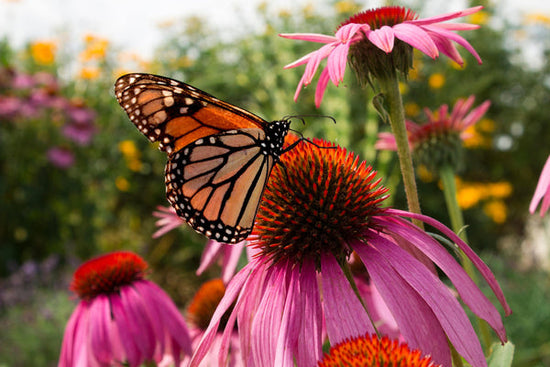



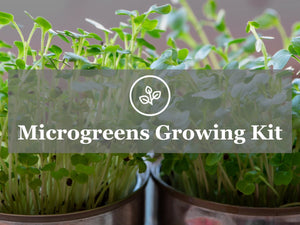
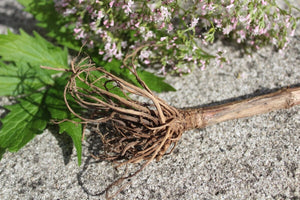
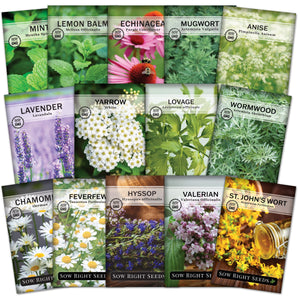
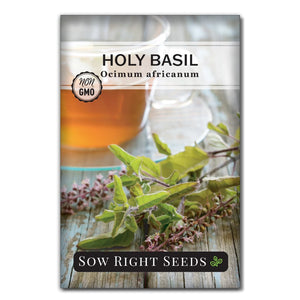
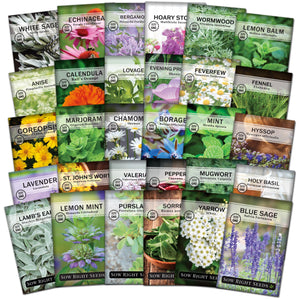
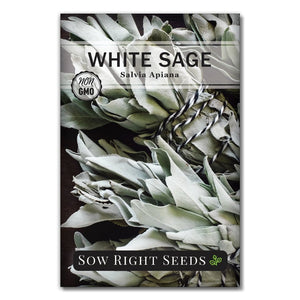
Leave a comment